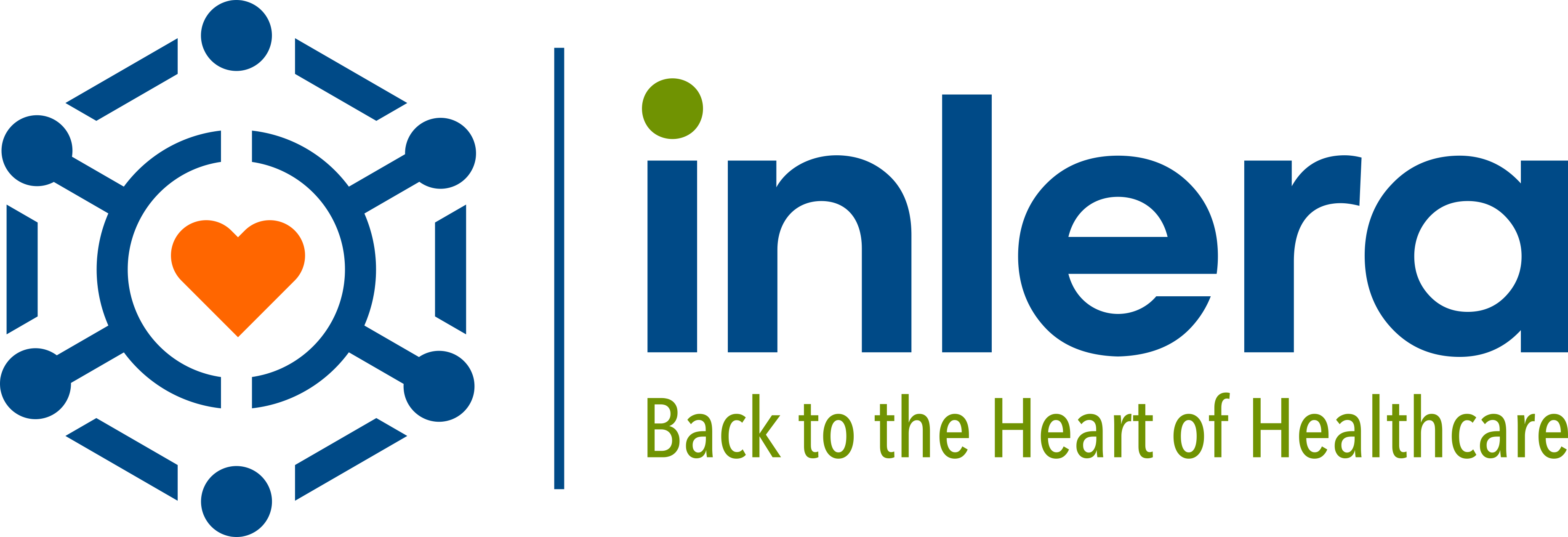
Credentialing and contracting are two different yet specific processes that tend to cause a ton of confusion among healthcare professionals and organizations. While they are not the same thing, they are both used in conjunction with each other to ensure a provider will be paid for their services.
As a provider and/or as an organization, you are oftentimes swimming in paperwork to make sure you’re up to date with your insurance carriers. For this reason, being credentialed and contracted are the two most important processes for any organization when it comes to a healthcare provider servicing our community.
An easy place to start is verifying whether you’re talking about getting the provider enrolled or the payment side. When referring to the proper onboarding process for a provider or organization, you’re likely referring to credentialing.
Thankfully, Inlera has found five ways to better the process and leverage technology to make credentialing happen both faster and cleaner. Keep in mind: properly keeping up with the credentialing process will allow your practice to grow by becoming an in-network provider with insurance companies.

What is Credentialing?
When talking about credentialing, most of us miscomprehend that we typically are not just referring to the insurance aspect but referring to other components as well. This is a word that is used interchangeably as it is a vague subject with many formalities.
Simply put, the credentialing term defines the verification process of the provider’s credentials. To complete that process, a primary source verification process (PSV) is required. PSV is a direct verification sourced from the entities itself in real time. In order to obtain real time license and certification status for a provider, a direct verification with entities (e.g. state license board and DEA Diversion, board certified entities, school registrars) is processed to obtain accurate information. The credentialing process ensures every licensed professional (MD, DO, PA, NP, DMD, DDS, etc.) is in good standing with their credentials to administer the highest level of care to each patient.
While the credentialing process tends to be both lengthy and time-consuming, it is only the initial step. It does not include the commitment of the insurance company to pay the provider, which brings us to the contracting aspect.
What is Contracting?
Once a provider completes the initial credentialing process (PSV), the contracting process begins. Contracting is the negotiation process in which an agreement for reimbursement rates is made in the form of a binding contract.
Contract rates are based on the demographic demand for that particular provider’s specialty. Health plans (payers) will negotiate the reimbursement rates (contracting process) with the provider/organization. Once executed contracts are in place, the provider/organization is able to render services with that health plan. This is where contracting comes into play, also known in the formal sense as payer enrollment.
It’s vital to know that the credentialing process is completely different from the contracting process. There are heavy risk factors if the credentialing process (verification & payer enrollment) are not streamlined correctly. Ultimately, this will create a loss of revenue.
Simplified Process
To further simplify the process, the below steps must be followed to completion. Once you’ve gone through this checklist, that finalizes the in-network participation with the provider, and the provider is officially linked to the organization. To promote more revenue, only then can you start billing based upon the approved effective date for the provider when they become in-network with that organization.
- Credentials have been verified
- Both parties agree to the payment terms
- An effective date has been established
In the fast-paced medical environment, the process of both credentialing and contracting is no doubt tedious. Inlera’s goal is to promote quality assurance while also strengthening the revenue cycle for their clients. Most importantly, we are ensuring both patients and providers are happy to provide the best medical services. Let us deal with the heavy lifting to ensure you’re up to date with your insurance providers.

Jasmine Vializ is the President and CEO of Inlera, a billing and practice management company designed to increase the quality of healthcare by helping doctors to prioritize their patients while boosting their bottom line.











